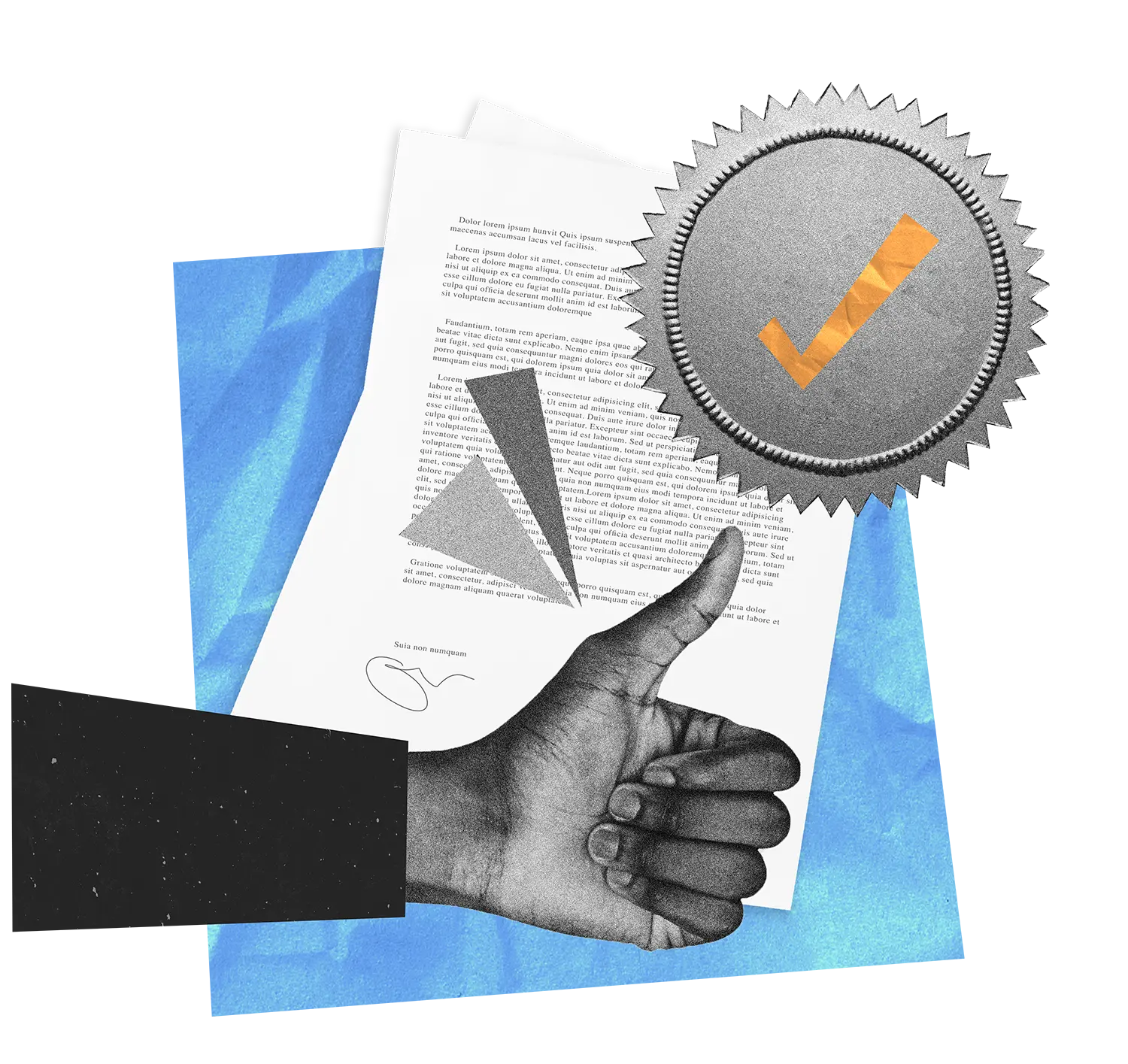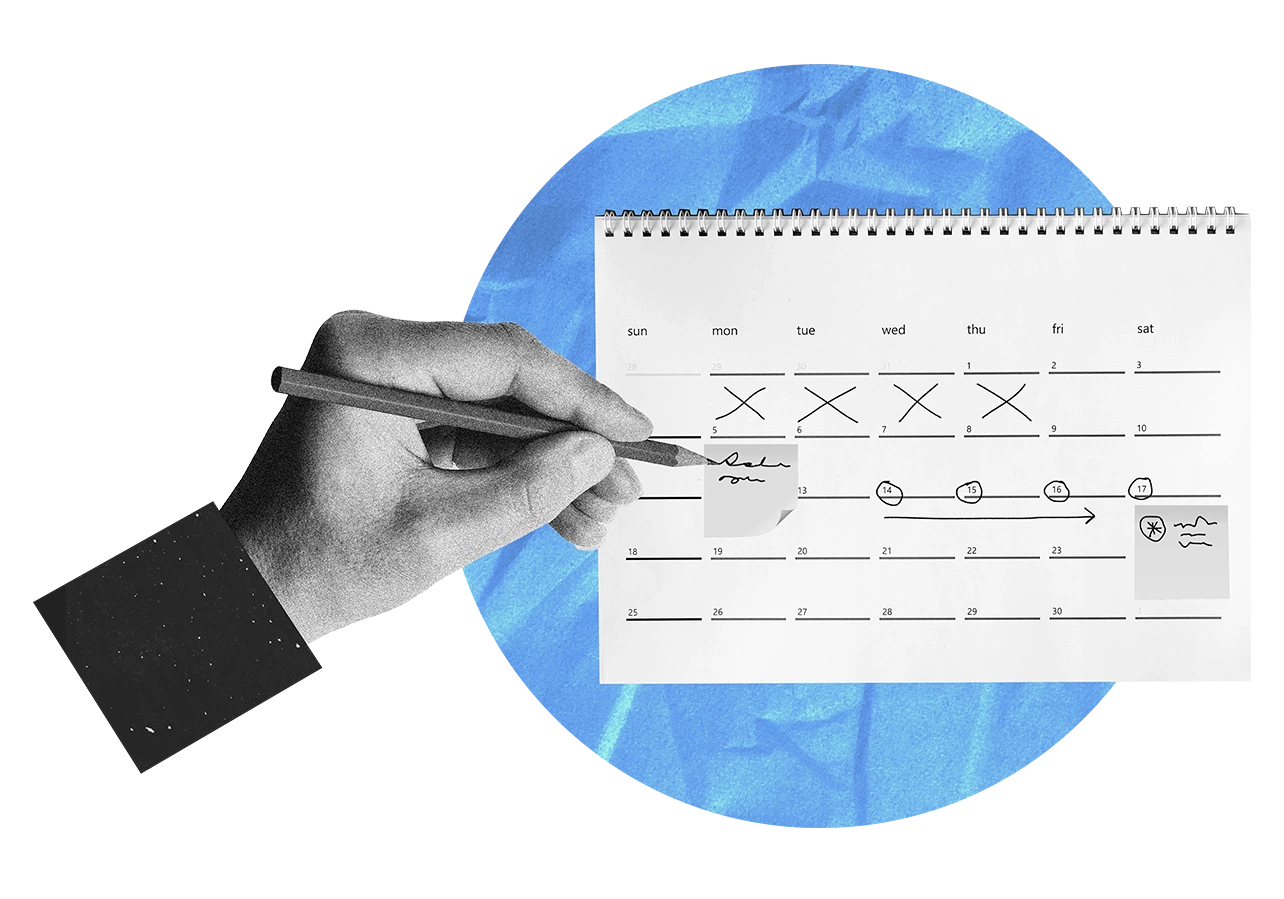HLRM
High Level Reporting Mechanism
A channel to raise and quickly resolve alerts about suspected bribery or unfair business practices in public tenders

The High Level Reporting Mechanism (HLRM) enables alerts about suspected bribery or unfair business practices in public tenders to be raised and quickly resolved. Independent yet authoritative, it acts like an escape valve, defusing potential corruption-related issues before they cause damage.
Accusations of corruption in public works projects lead to delays, costly legal actions and a loss of credibility - not just for those involved in the project but for the government as a whole.
Developed by the Basel Institute on Governance, OECD and Transparency International, the HLRM is designed to meet private sector demands for a fast, independent and effective mechanism to address bribe solicitation by public officials. The concept is supported by the G20 and B20 business leaders around the world.
The Basel Institute on Governance and OECD offer comprehensive support to governments in developing, implementing and monitoring an effective HLRM. Contact the team for more information.
Key benefits
How High Level Reporting Mechanisms will benefit you
Good for governments
- Demonstrates high-level political commitment to fight corruption
- Sends a strong message that public procurement processes will be clean and fair
- Flexible and easy to set up within existing institutions
- Reinforces existing anti-corruption measures
- Deterrent effect makes bribery less likely and helps avoid damaging accusations and investigations
Good for business
- Fast, effective way to raise concerns
- Levels the playing field in public procurement processes
- Gives new players the confidence to bid for public projects, boosting competition and innovation
- Greater peace of mind regarding compliance
- Cuts delays in the procurement process and final awarding of the contract
Good for citizens
- Gives confidence that public resources are being used responsibly
- Public works contracts are more likely to be awarded to the bidder offering the best value for money
- Smooth procurement process means projects should start on schedule
- If appropriate, HLRMs can allow for citizens or civil society groups to raise alerts
- Less likely that public funds will be needed to pay for lengthy legal investigations into corruption
HLRM in practice
Country case studies
Colombia
Colombia has led the way in adopting and expanding the HLRM concept. It developed the first HLRM in 2013 to ensure a smooth and fair public tender process for the national 4G road infrastructure project.
Argentina
Argentina launched an HLRM in January 2018. In the pilot phase launched in April 2018, it applied to public-private partnership (PPP) contracts under a National Highways Directorate (Dirección Nacional de Vialidad, DNV) project to develop 7,500 km of new highways and safe routes.
Ukraine
Ukraine's Business Ombudsman Council (BOC) is now the primary channel for companies to report unfair business practices. It was formally established in May 2015 as a result of discussions with various stakeholders.
Panama
The Government of Panama originally envisaged the HLRM to apply to tenders in the infrastructure, but in 2015, decided to change the focus and apply the HLRM to oversee public procurement by the national Social Security Fund.
How the HLRM works
The concept is simple and designed to be tailored to each country and project.
Collaborative Design
Representatives of the public sector, business and civil society contribute to designing a HLRM that meets the needs of all stakeholders.
Easy implementation
The HLRM is simple to implement in new or existing projects. It complements existing anti-corruption measures and is not weighed down by bureaucracy.
Early alerts
Stakeholders can raise alerts of potential bribery situations through secure, easily accessible channels.
Rapid response
The designated independent panel of experts quickly analyses the alert and gathers all necessary information.
Transparent resolution
Through open discussion and mediation with all relevant actors, the issue is resolved with minimal loss of time and money.
Process protected
The project can then continue smoothly, with enhanced levels of trust between public and private stakeholders.
Continuous improvement
As an independent mechanism with a close-up view of corruption issues in public tenders, the HLRM is a useful source of analysis and advice for governments.
Related publications
Guidelines, Report
Engaging the private sector in Collective Action against corruption: A practical guide for anti-corruption agencies in Africa
2024 | Basel Institute on Governance
Guidelines
Engaging the private sector in Collective Action against corruption
2022 | Basel Institute on Governance
Article, Commissioned study, Report
The G20’s responsiveness to B20 anti-corruption recommendations 2010–2017. Part I: Baseline report
2020 | Basel Institute on Governance
Report
Anti-corruption Reforms in Eastern Europe and Central Asia: Progress and Challenges, 2016-2019
2020 | OECD
Commissioned study, Report
Tackling Bribe Solicitation Using the High-Level Reporting Mechanism for Preventing Bribery
2020 | OECD
Report
Mainstreaming Collective Action: Establishing a baseline
2020 | Basel Institute on Governance
Report
Roundtable on the pilot High Level Reporting Mechanism in Argentina
2018 | Basel Institute on Governance
Working paper
Working Paper 25: High Level Reporting Mechanisms: A comparative analysis
2018 | Basel Institute on Governance
Article
The High Level Reporting Mechanism (HLRM) – A tool to help prevent bribery and related practices
2017 | OECD, Basel Institute on Governance
Working paper
Working Paper 19: High Level Reporting Mechanisms in Colombia and Ukraine
2015 | Basel Institute on Governance
Guidelines
Designing a High Level Reporting Mechanism for Business - A Guidance Note for Governments
2015 | Basel Institute on Governance











